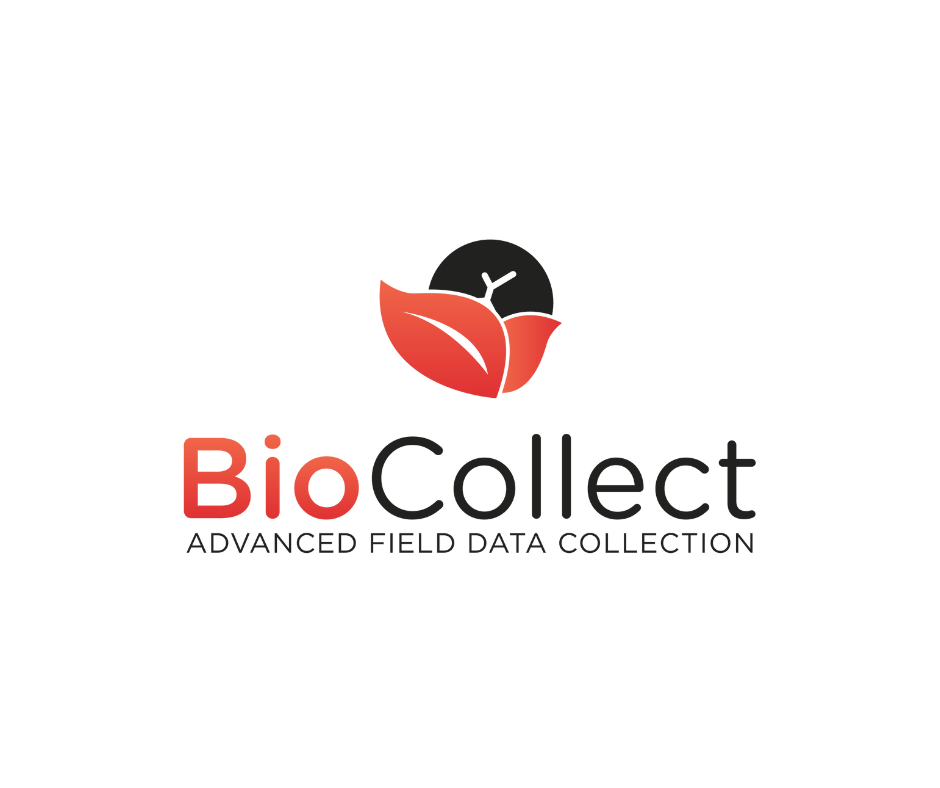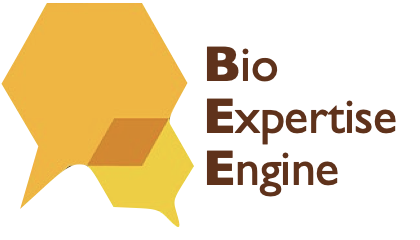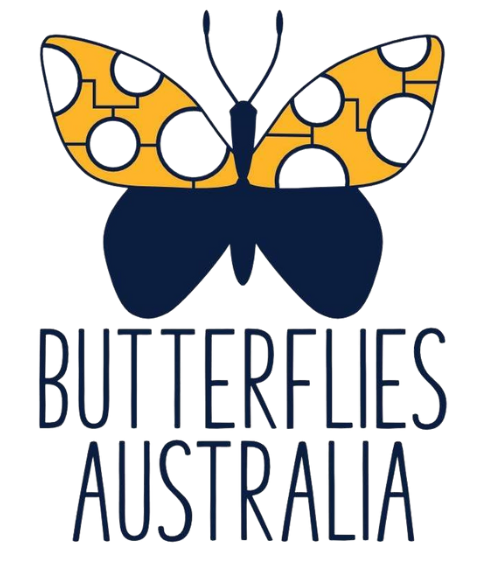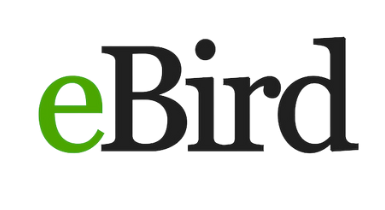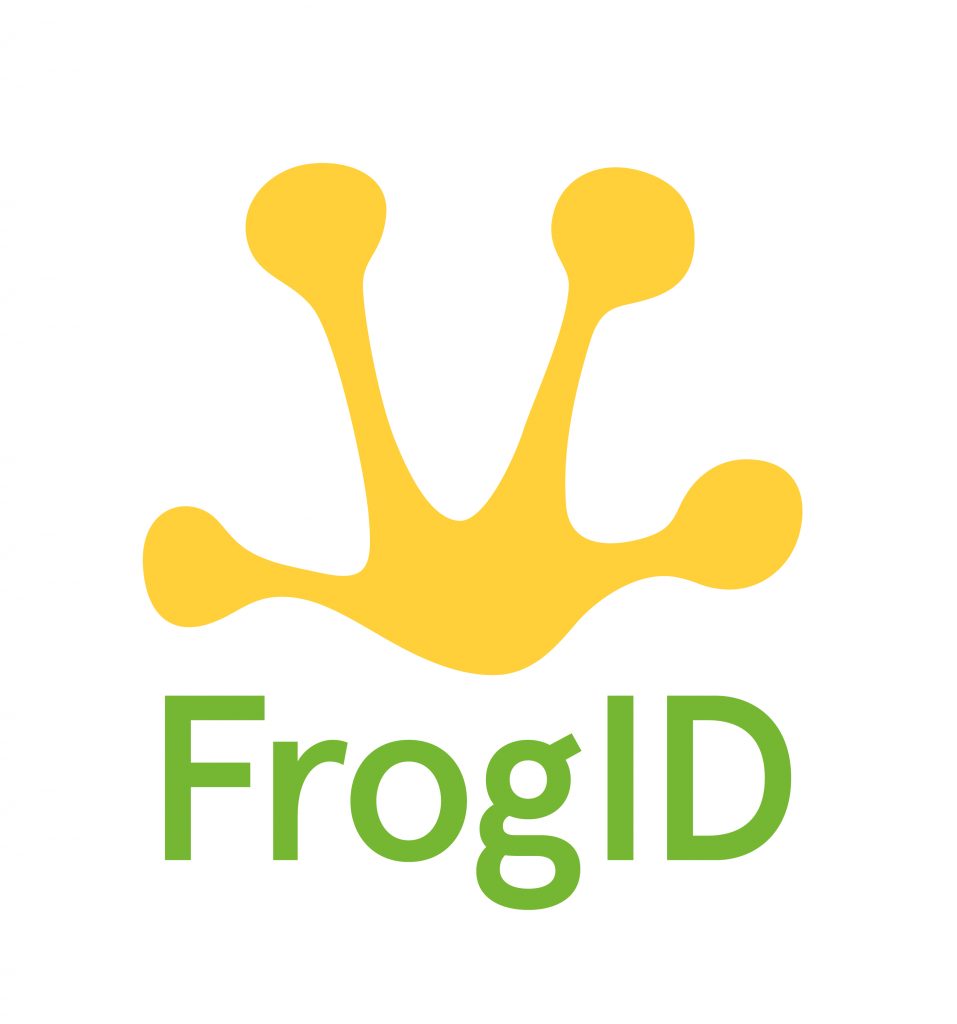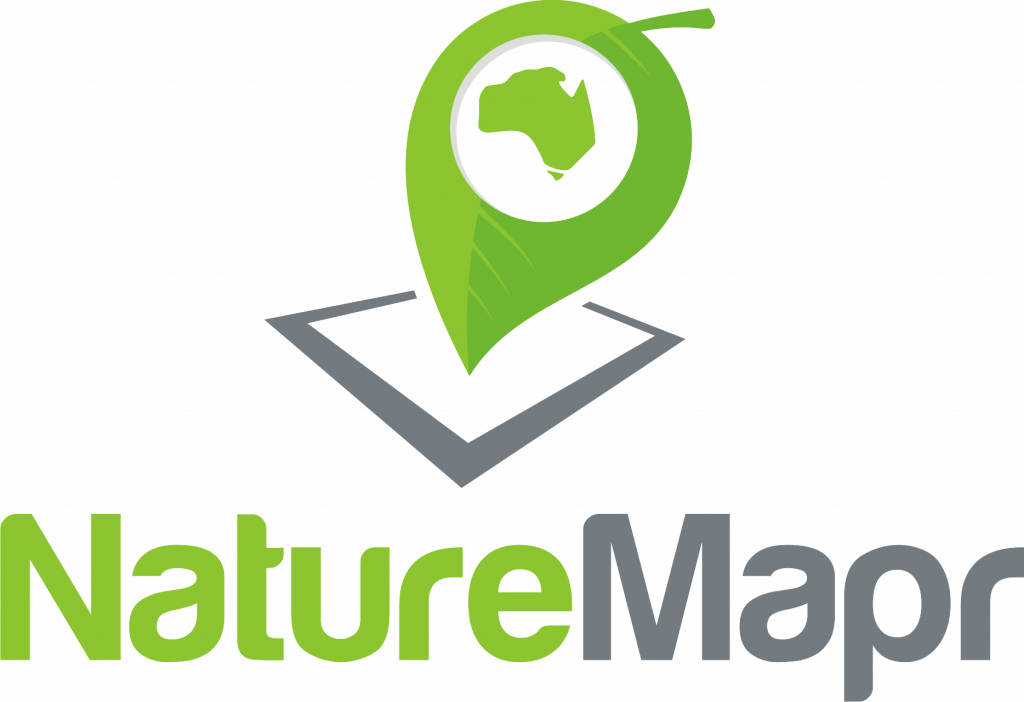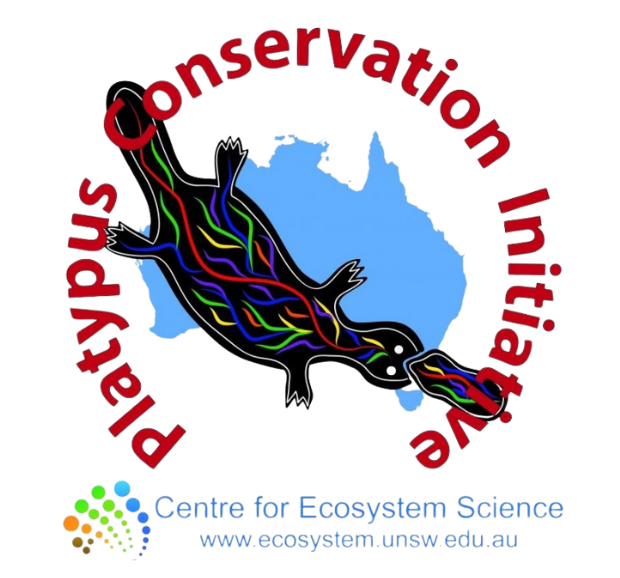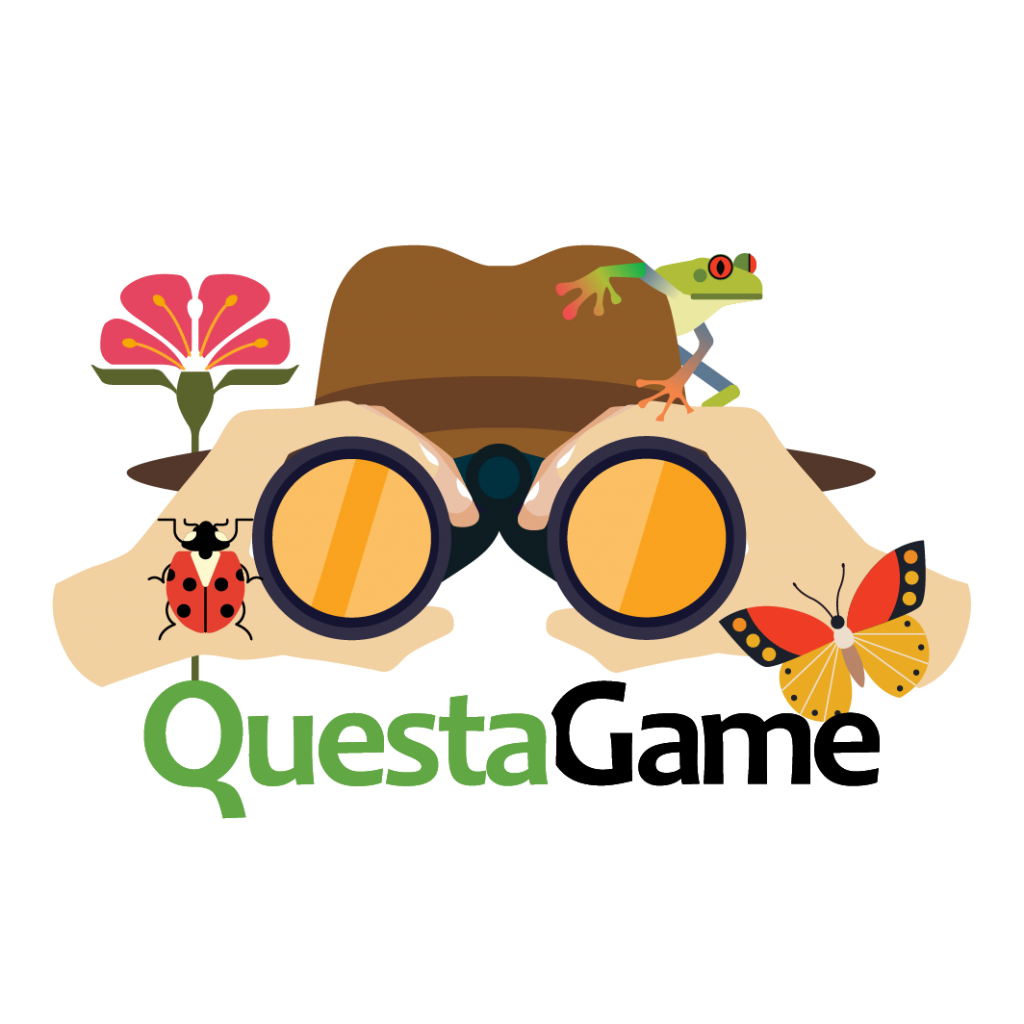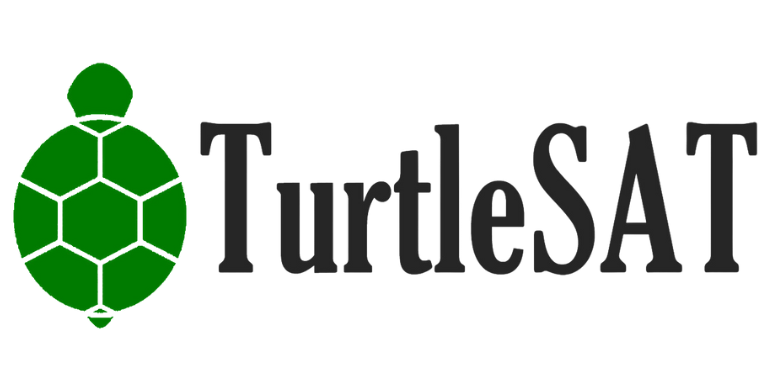One of the easiest ways to contribute to the Atlas of Living Australia is to submit species sightings via a citizen science app for smartphones – you don’t need any other special equipment or expert knowledge to get involved.
By using an app that contributes data to the ALA, your observations contribute to our national biodiversity database and will be used by researchers and decision-makers in their work. Below is a selection of apps that contribute data to the ALA.
- Are you a researcher, consultant, ranger or other professional with a dataset of records you’d like to share? See our support article on sharing a dataset with the ALA.
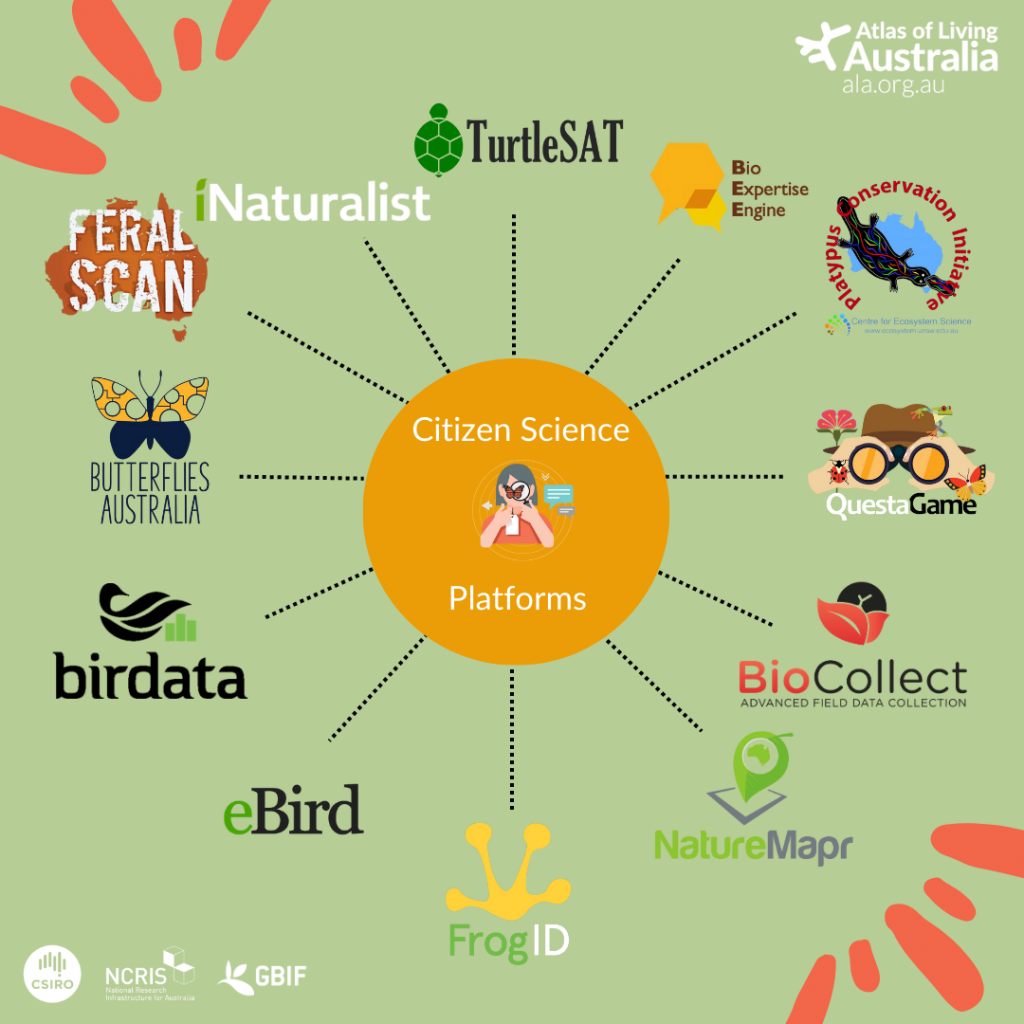
iNaturalist Australia – record biodiversity near you
The ALA manages the Australian node of iNaturalist – the world’s leading social network for biodiversity. We recommend ALA users upload individual observations to iNaturalist Australia. The app is freely available for recording observations of flora, fauna and fungi.
Key features:
- Observations made in Australia are harvested weekly to the Atlas of Living Australia
- iNaturalist helps users with species identification using community expertise and AI image recognition
- You can set your profile to be affiliated with iNaturalist Australia
For help getting started, view our help article about iNaturalist, including how to create an account and record an observation. For answers to common questions, and detailed explanations of how iNaturalist works and its relationship with the ALA, visit A Guide to iNaturalist.
BioCollect – contribute to citizen science projects
The BioCollect mobile app provides access to projects and surveys in BioCollect, the ALA’s field data collection tool. The app is currently available for citizen science projects only.
Key features:
- Automatic data upload to the BioCollect database
- Access all of your projects from the one app
- Integrated device tools (GPS, camera, etc.) for data recording
- GPS-based search – projects near me or specified location
For more information on BioCollect please contact support@ala.org.au.
More apps for citizen scientists
BioExpertise Engine
The BioExpertise Engine is an Artificial Collective Super-Intelligence (ACSI) platform designed to reward and score ecological expertise. It engages thousands of people, of all levels of expertise (from “beginners” to “masters”), in evaluating nature observations to map and assess biodiversity health. It uses a double-blind peer review system to eliminate bias, along with an information marketplace to motivate participants and reward on-the-ground conservation efforts. Data is shared with the ALA and GBIF.
Birdata
Birdata is BirdLife Australia’s birding portal and app. It is the most convenient and efficient method of contributing to BirdLife’s numerous monitoring programs, such as the long-running Shorebird, Beach-nesting Birds, Swift Parrot and Birds in Backyard surveys.
Butterflies Australia
Butterflies Australia is a national citizen science project run by researchers at the Australian National University to encourage everybody to record butterfly sightings.
eBird Australia
eBird Australia is Australia’s portal to eBird, an app used by keen birders across the world.
FeralScan
FeralScan app can be used to record the location of pest animals in your local area, record the problems they are causing, and record control actions you undertake. Your records will be submitted to the FeralScan community pest animal mapping website to help develop and maintain an up-to-date picture of pest animals throughout your region.
FrogID
FrogID is a national citizen science project developed by the Australian Museum to enable citizen scientists to record frog calls and help us learn more about what is happening to Australia’s frogs.
NatureMapr
NatureMapr is an Australian made and owned regionally focused citizen science platform that allows anybody to:
– Report a sighting anywhere across Australia and receive expert identification of their records.
– Build and maintain field guides for their local areas.
– Increase their knowledge of important species within a thriving community.
Platypus Conservation Initiative
The Platypus Conservation Initiative aims to reduce threats to the platypus and improve knowledge of its distribution, numbers, and trends. This project seeks support from citizen scientists to provide observations of platypuses throughout Australia.
QuestaGame
QuestaGame is an Australian-made mobile app that connects people to nature as a way to discover, learn about and map biodiversity for research and conservation. It includes scoring, rewards, levels, challenges and “bioquests” designed to engage a broad audience – experts and non-experts, naturalists and non-naturalists, teachers and students, young and old alike.
TurtleSAT
TurtleSAT is a citizen science mapping tool from the 1 Million Turtles Community Conservation program that allows communities to map freshwater turtles in waterways and wetlands. You can help by recording sightings of turtles and their nests.
Find citizen science projects
There are also hundreds of citizen science projects listed on the Australian Citizen Science Project Finder, which allows you to search by location or subject area of interest, and find the perfect project for you.



